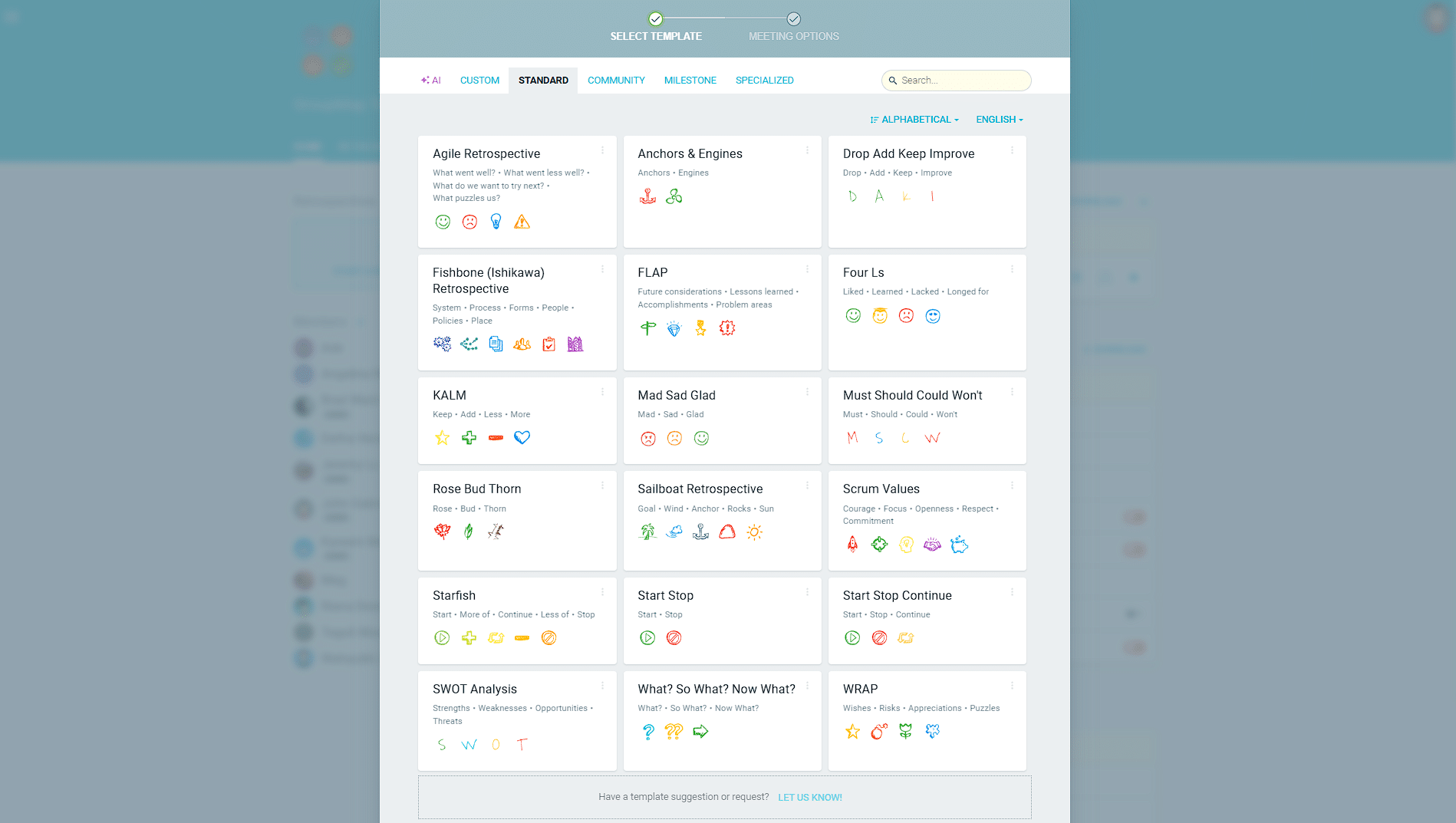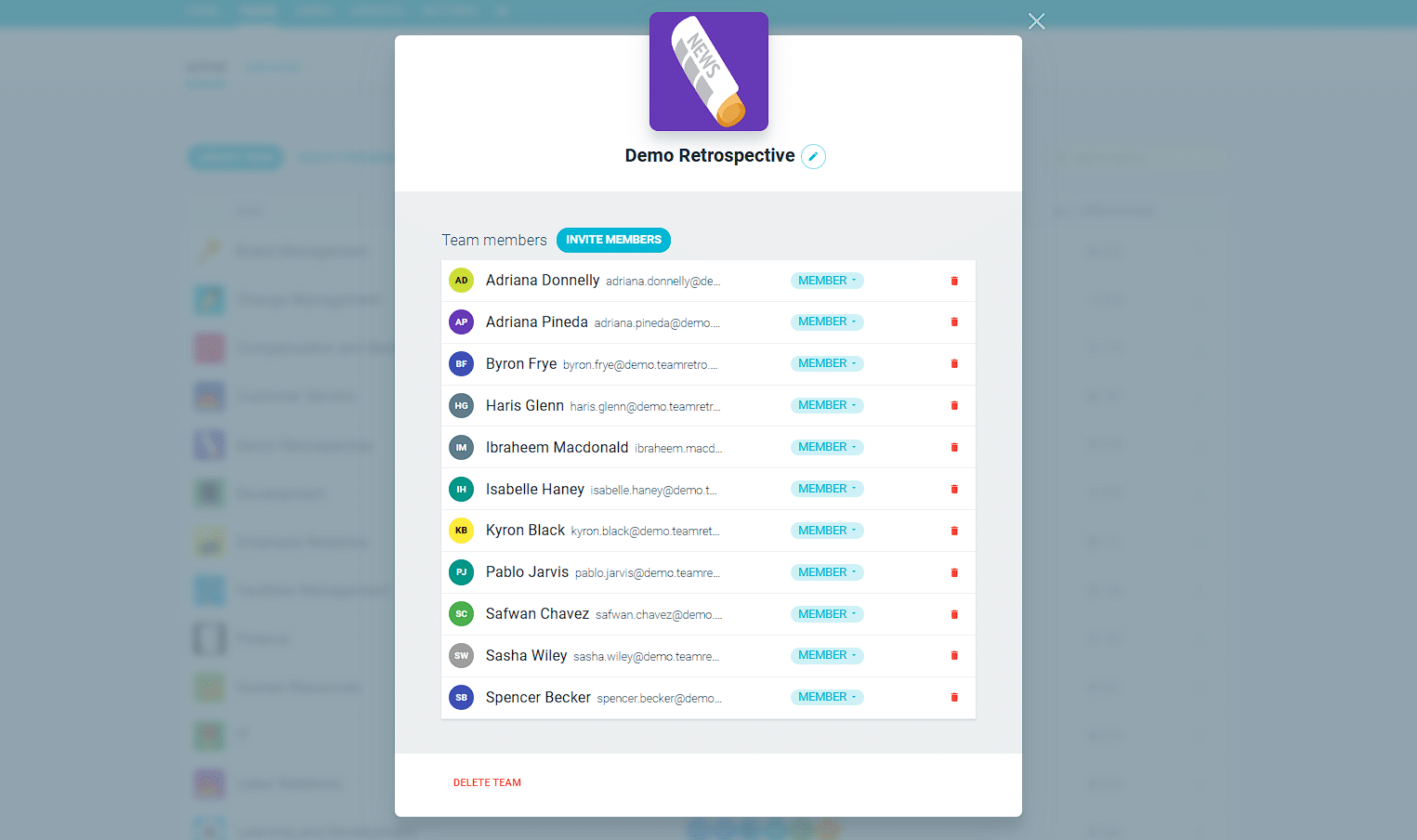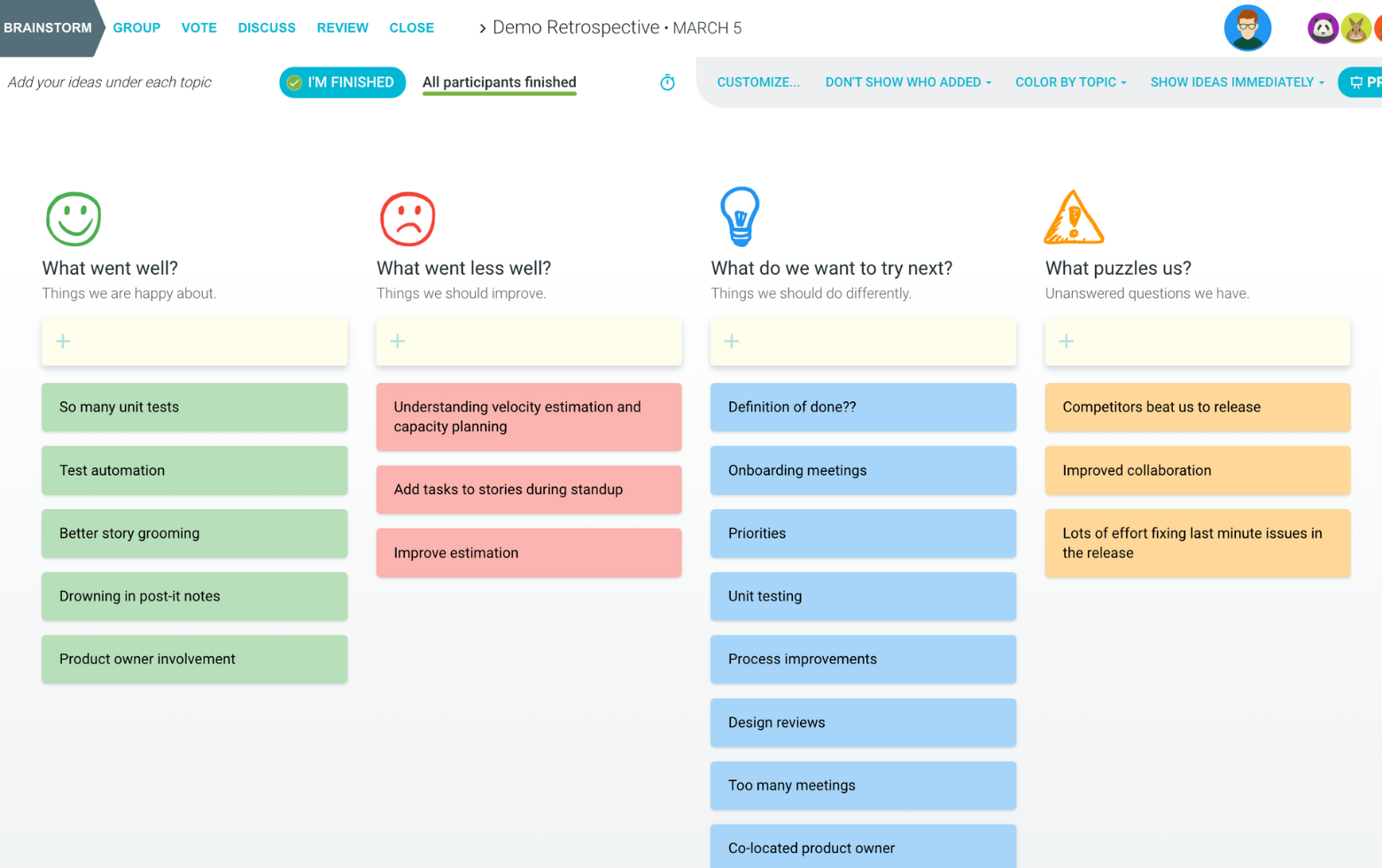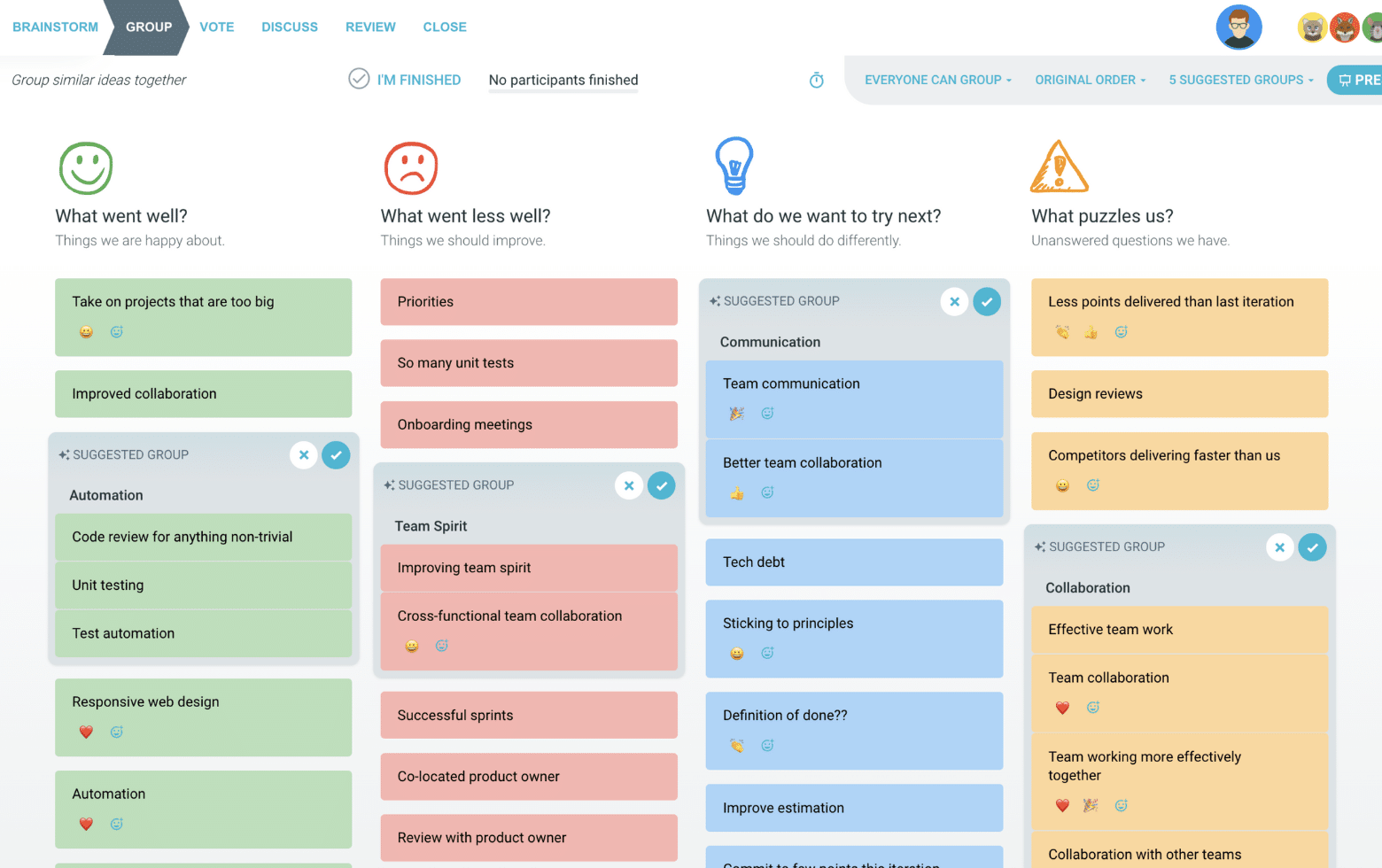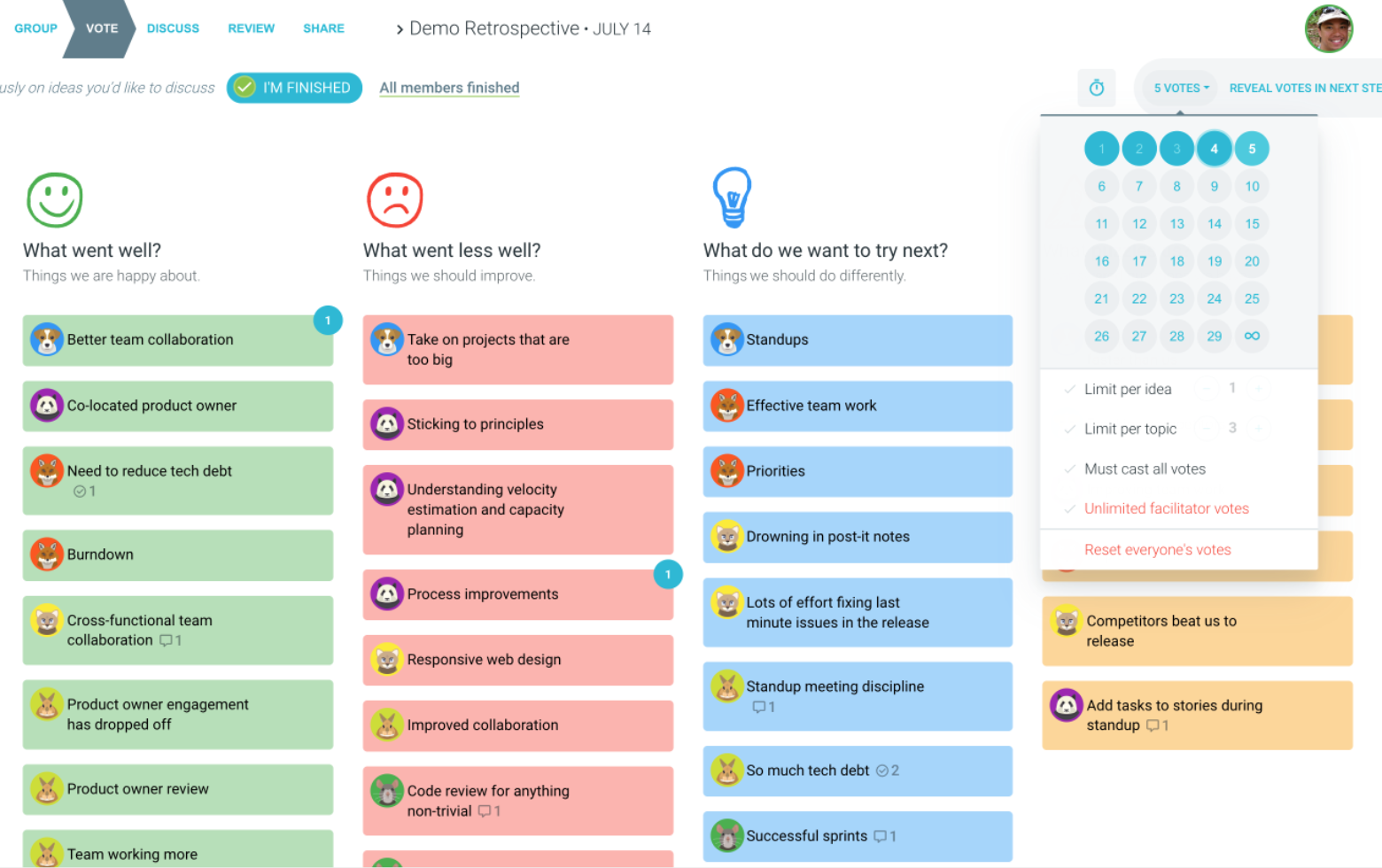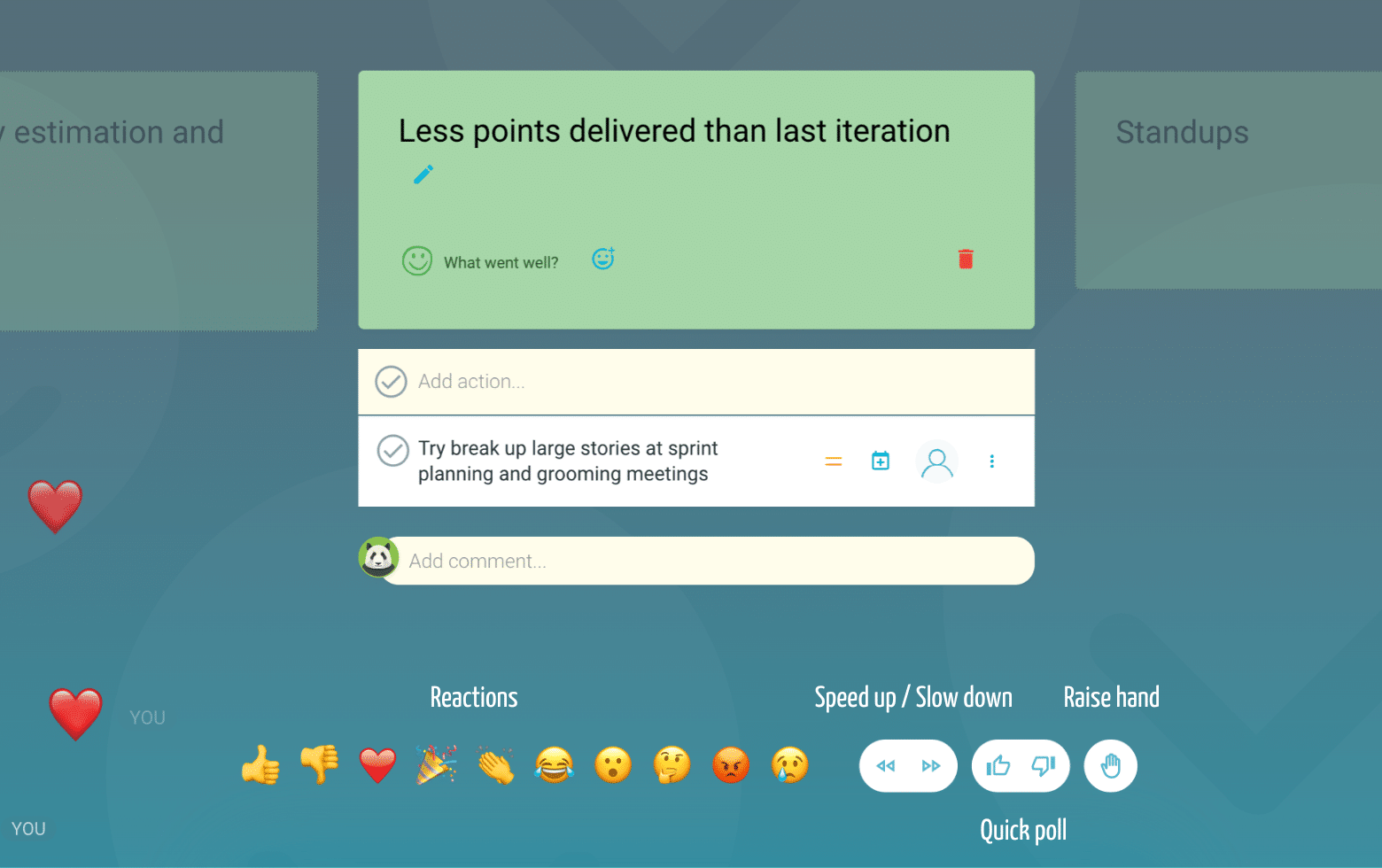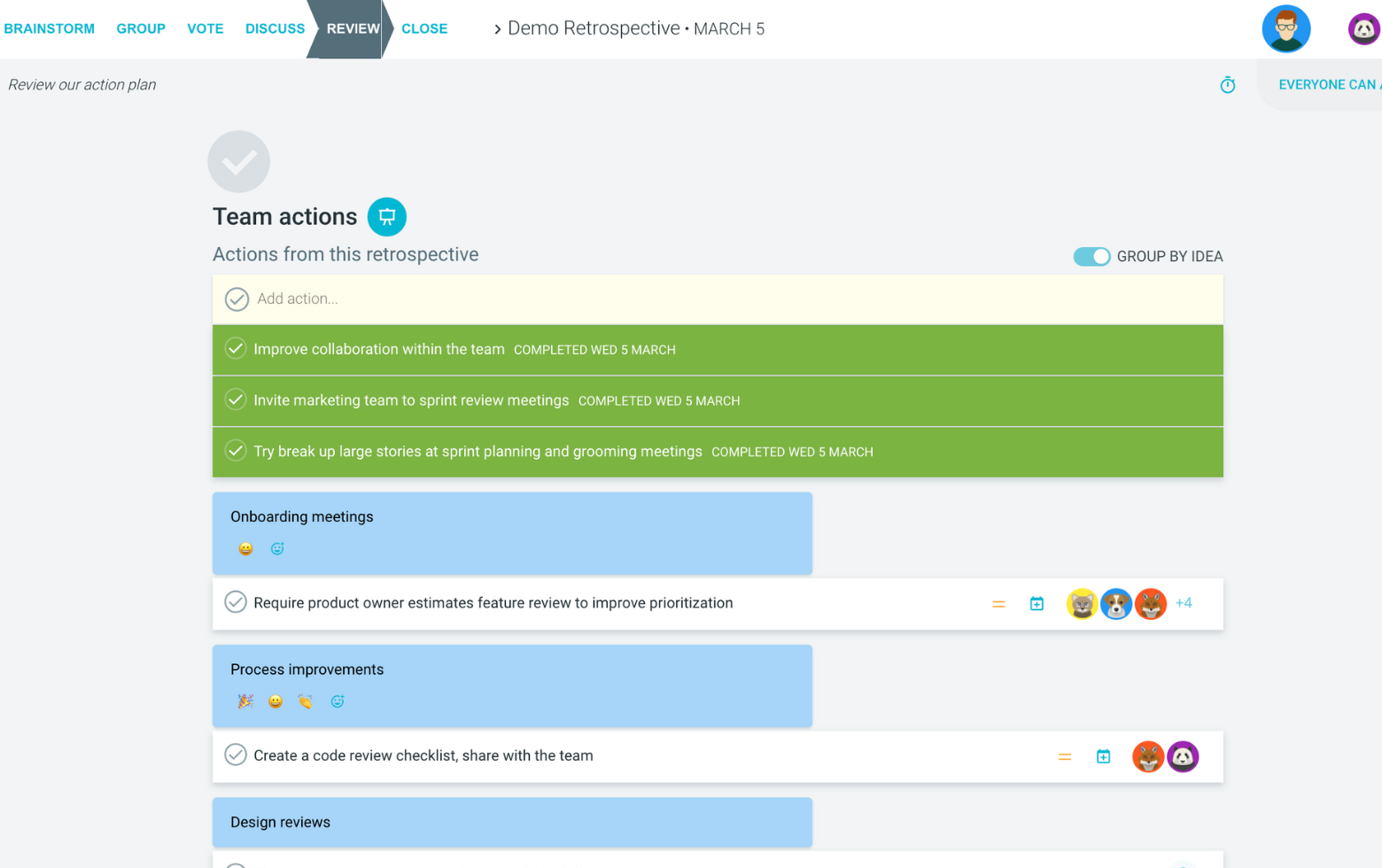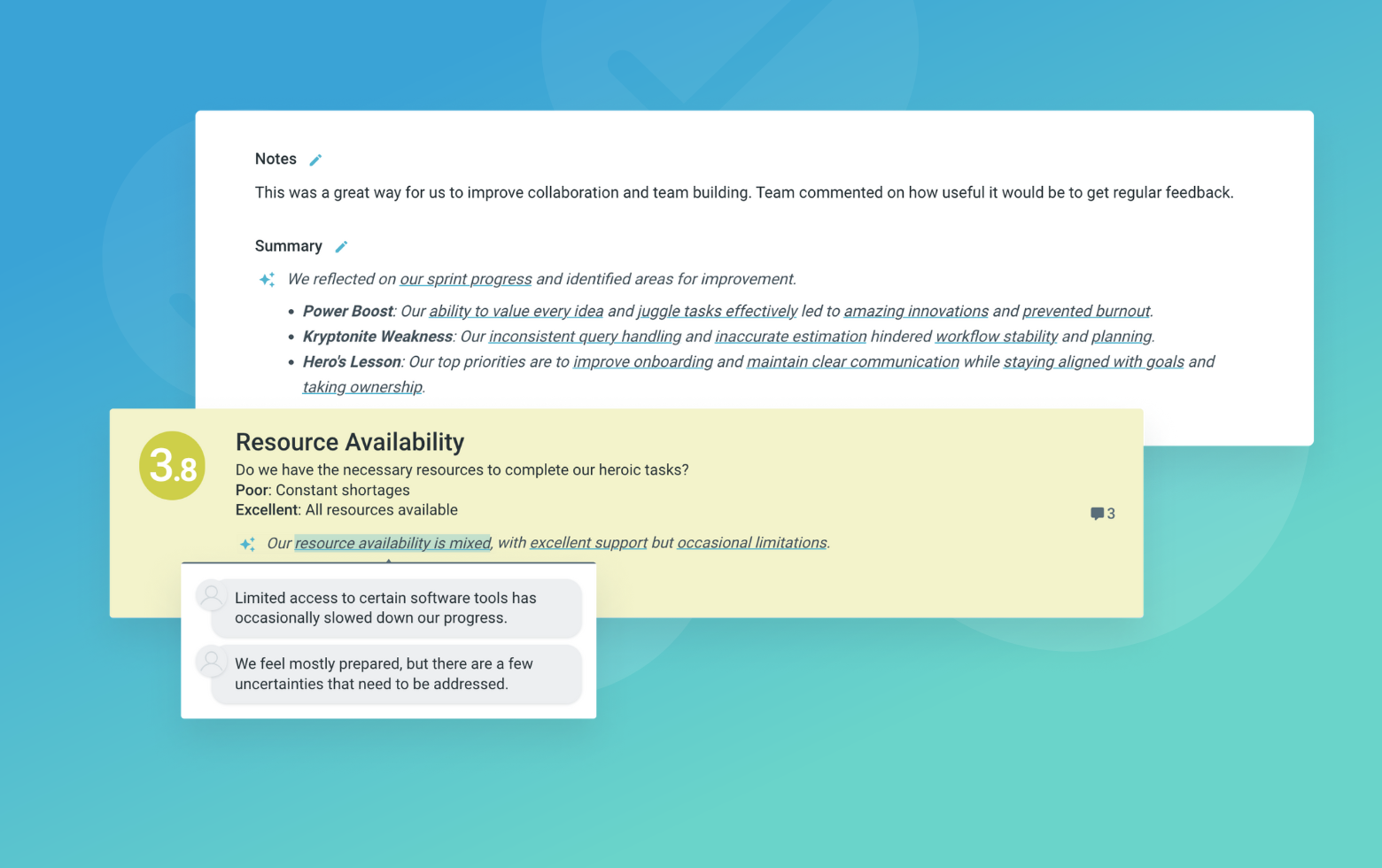A Crisis Management Futurespective is a proactive exercise to identify potential risks, crises, or challenges that a team or organization may face in the future. It helps teams anticipate issues, develop contingency plans, and establish clear roles and communication channels to effectively manage crises before they occur.
This futurespective encourages open discussion about potential threats, vulnerabilities, and areas of concern that could arise. By surfacing these issues in a structured format, teams can collaboratively analyze the likelihood and impact of each crisis scenario. They can then devise strategies to mitigate risks, allocate resources, and outline response protocols proactively.
Regularly conducting Crisis Management Futurespectives fosters a culture of preparedness and resilience within an organization. It empowers teams to confidently navigate unforeseen circumstances before they happen, minimizing potential disruptions and protecting stakeholder interests.
What is The Crisis Management Futurespective
Potential Crisis Scenarios
What potential crises or challenges could our team/organization face?
This topic encourages participants to think broadly about potential risks, threats, or disruptive events that could impact operations, reputation, or stakeholder interests. Facilitate an open discussion, prompting participants to consider various scenarios, such as natural disasters, cyber attacks, financial instability, regulatory changes, supply chain disruptions, or public relations crises. Encourage participants to think creatively and avoid dismissing any scenario as too unlikely or far-fetched.
Impact Assessment
What would be the potential impact of each crisis scenario?
For each crisis scenario identified, facilitate a discussion to assess its potential impact on various aspects of the organization. Encourage participants to consider the financial, operational, reputational, and legal implications. Analyze the severity and duration of the impact, as well as the potential ripple effects across different departments or stakeholder groups. This exercise helps prioritize the most critical scenarios and allocate appropriate resources for mitigation and response efforts.
Mitigation Strategies
What proactive measures can we take to mitigate or prevent each crisis scenario?
For each crisis scenario, facilitate a discussion on potential mitigation strategies. Encourage participants to think creatively and consider a range of preventive measures, such as implementing robust security protocols, diversifying supply chains, developing contingency plans, cross-training employees, or establishing backup systems. Explore strategies that can reduce the likelihood of a crisis occurring or minimize its impact if it does occur.
Response Protocols
How should we respond and communicate during each crisis scenario?
For each crisis scenario, facilitate a discussion on effective response protocols and communication strategies. Outline clear roles and responsibilities for crisis management teams, decision-making hierarchies, and communication channels. Develop messaging frameworks and identify key stakeholders who need to be informed or involved. Explore strategies for maintaining transparency, addressing public concerns, and minimizing reputational damage during a crisis.
Suggested icebreaker questions
- If you could have any superpower to help manage a crisis, what would it be and why?
- Share a personal experience where you had to navigate a challenging or unexpected situation. What did you learn from that experience?
Ideas and tips for your retrospective meeting
- Encourage open and honest discussions by creating a safe environment where participants feel comfortable raising concerns without fear of repercussions.
- Involve a diverse range of perspectives, including representatives from different departments, levels, and areas of expertise, to ensure a comprehensive understanding of potential risks.
- Regularly review and update crisis management plans as circumstances change, ensuring they remain relevant and effective.
- Conduct periodic crisis simulations or tabletop exercises to test response protocols and identify areas for improvement.
- Foster a culture of preparedness by regularly communicating the importance of crisis management and providing ongoing training and awareness programs.
- Establish clear lines of communication and decision-making authority to enable swift and coordinated responses during actual crises.
.
How to run effective meetings with TeamRetro
Start Your Session in a Click
Log into TeamRetro and choose your template. Customise questions and the workflow to create your perfect retro for your team.
Create Your Team Easily – No Separate Accounts Needed
Brainstorm Individually – Free From Bias
Smart Grouping for Faster Insights
Fair, Flexible, and Fast Voting
Engage, React, and Capture Key Insights
Walk your team through ideas one by one with Presentation Mode. Stay in sync, spark real-time discussions, and capture feedback with comments, live reactions, and polls—all in one place.
Turn Ideas Into Action
Propose next steps with team buy-in, get AI-powered action suggestions, and keep everything in one place. Committed actions sync to your personal dashboard and integrate with your workflow tools—keeping you on track.
Save, Share, and Stay on Track
Get quick AI-powered summaries, add facilitator notes, and store retrospectives in your library for easy access. Schedule your next session and track published actions to keep your team accountable at the next retro.
Turn Team Data into Actionable Insights
Uncover trends, common themes, and key engagement metrics at a glance. Track sentiment shifts, analyze conversations, and monitor completed actions to drive continuous improvement.
